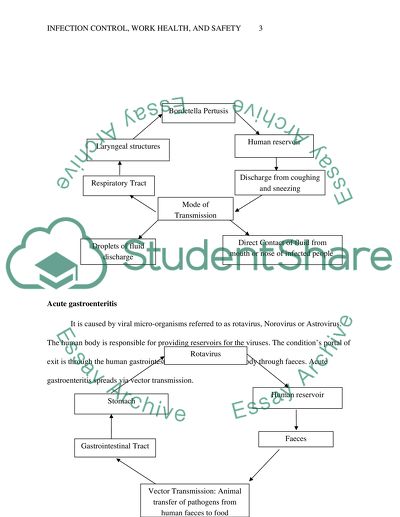Cite this document
(“Infection Control & Work Health and Safety Assignment”, n.d.)
Infection Control & Work Health and Safety Assignment. Retrieved from https://studentshare.org/health-sciences-medicine/1630650-infection-control-work-health-and-safety
Infection Control & Work Health and Safety Assignment. Retrieved from https://studentshare.org/health-sciences-medicine/1630650-infection-control-work-health-and-safety
(Infection Control & Work Health and Safety Assignment)
Infection Control & Work Health and Safety Assignment. https://studentshare.org/health-sciences-medicine/1630650-infection-control-work-health-and-safety.
Infection Control & Work Health and Safety Assignment. https://studentshare.org/health-sciences-medicine/1630650-infection-control-work-health-and-safety.
“Infection Control & Work Health and Safety Assignment”, n.d. https://studentshare.org/health-sciences-medicine/1630650-infection-control-work-health-and-safety.


